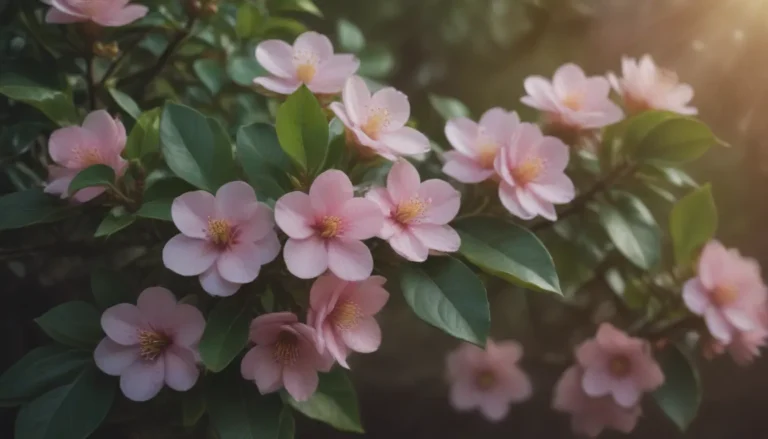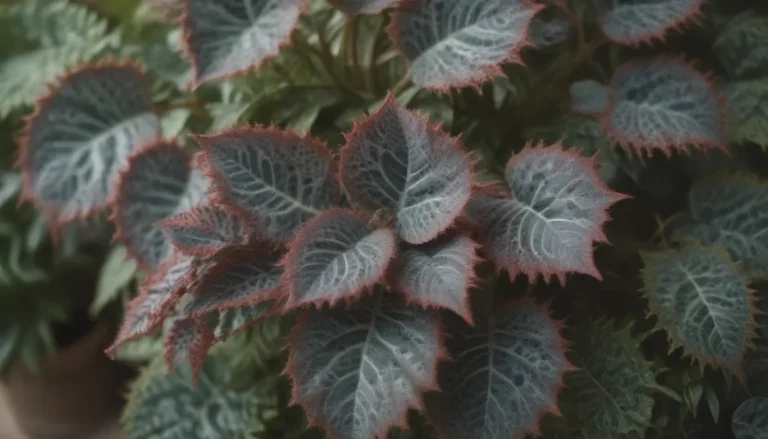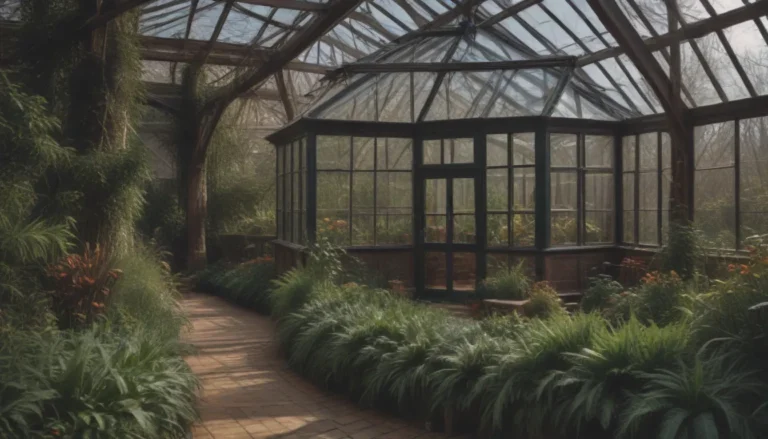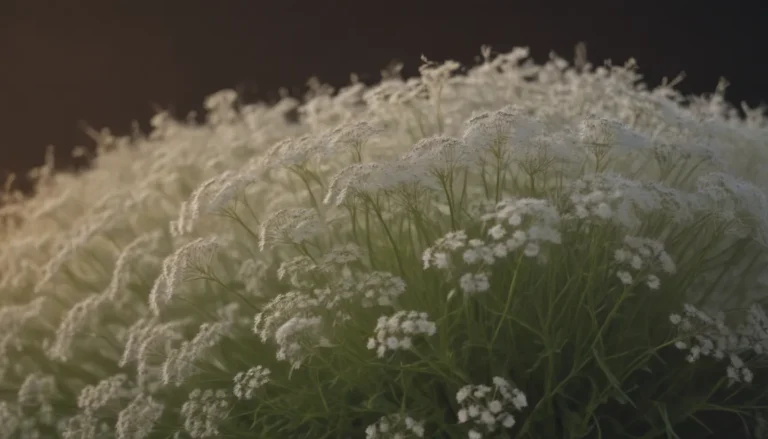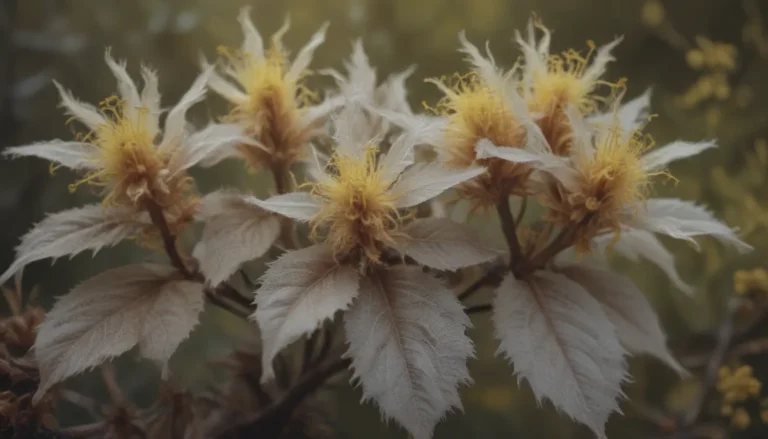The Ultimate Guide to Landscaping Around Your Septic System
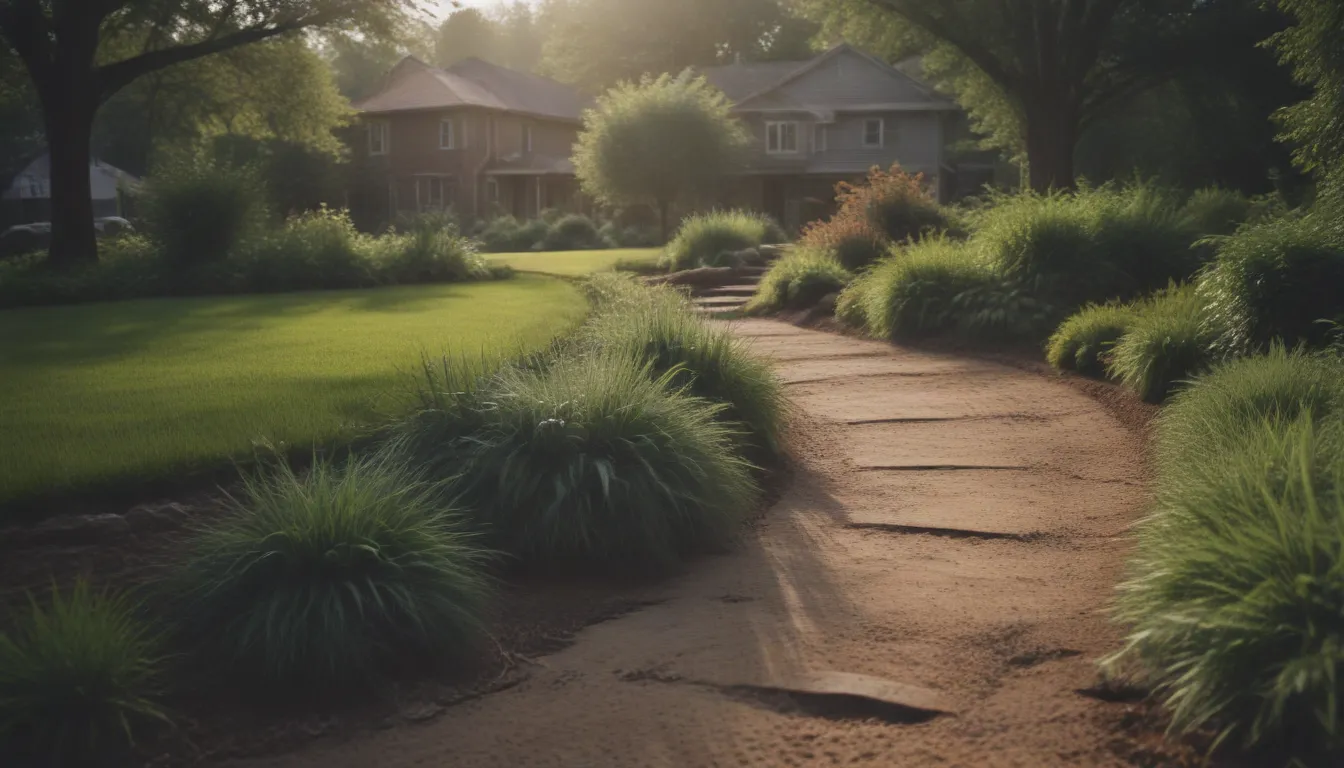
If you own a home with a septic system, you know the importance of proper maintenance and care to ensure its longevity and effectiveness. Landscaping around your septic tank and drain field is a key aspect of this maintenance but can often be overlooked. The right plants can beautify the area while preventing erosion and absorbing excess moisture. However, planting the wrong plants can lead to costly damage and complications.
In this in-depth guide, we’ll explore the best and worst plants to grow over your septic system, how septic systems work, and tips for planning a septic field garden. By the end of this article, you’ll have the knowledge and tools to create a beautiful and septic-safe landscape around your home.
Understanding How Septic Systems Work
Before we dive into the dos and don’ts of landscaping around your septic system, it’s essential to understand how these systems work. In areas without access to a municipal sewer system, septic systems serve as on-site wastewater treatment facilities. Here’s a brief overview of how they function:
- Wastewater from your home (toilets, showers, sinks, etc.) flows into a septic tank buried underground.
- In the septic tank, solids settle at the bottom, scum floats to the top, and liquids form a middle layer.
- The liquids exit the septic tank through a baffle pipe into the drain field.
- The drain field consists of perforated PVC pipes buried in trenches filled with gravel or crushed stone.
- Wastewater percolates through the ground in the drain field, removing harmful bacteria before reaching groundwater.
- Every few years, the septic tank must be pumped to remove accumulated sludge and scum.
Now that you have a basic understanding of how septic systems work, let’s explore how to landscape around your septic tank and drain field to maintain its functionality.
Safe Plants to Grow Over Septic Tanks and Drain Fields
It’s important to choose the right plants when landscaping around your septic system to prevent root damage and ensure proper drainage. Here are some safe options to consider:
- Grasses, including ornamental grasses, with shallow root systems that are unlikely to invade the septic system.
- Small, non-woody ground covers that help prevent erosion and excess moisture absorption.
- Shallow-rooted trees and shrubs such as dogwoods, Japanese maples, hydrangeas, and dwarf tree varieties.
These plants not only beautify the area but also help maintain the integrity of your septic system. Remember to consider the mature size and root structure of the plants before planting them near your septic tank and drain field.
The Worst Plants to Grow Over Septic Systems
While some plants are safe to grow over your septic system, others can cause major problems due to their aggressive root systems. Avoid planting the following trees and shrubs over your septic system to prevent damage:
- Large, fast-growing trees that can invade the septic system with their roots.
- Trees and shrubs with aggressive root systems that seek out water sources, including septic drain fields.
Even if you’re careful about planting safe options over your septic system, mature trees nearby can still pose a risk. Remember the general rule that a tree should be as far away from the septic drain field as it is tall to prevent root invasion. Consider installing root barriers if necessary to protect your septic system.
Planning a Septic Field Garden
When planning a garden around your septic system, it’s crucial to prioritize the health and functionality of the system. Here are some tips for planting around septic tanks and drain fields:
- Choose shallow-rooted, low-maintenance plants like perennials over annuals.
- Wear gloves when gardening in the septic system area to protect yourself and avoid digging deeply.
- Avoid planting trees, shrubs, or other plants that can interfere with the evaporation process of excess moisture.
By selecting the right plants and following these guidelines, you can create a beautiful and septic-safe landscape around your home without compromising the functionality of your septic system.
In conclusion, landscaping around your septic system requires careful planning and consideration of the plants you choose to grow. By selecting safe plants with shallow root systems and avoiding problematic trees and shrubs, you can maintain the health and functionality of your septic system for years to come. Remember to regularly maintain and inspect your septic system to prevent issues and ensure its longevity.
For more information on landscaping around septic systems and maintaining soil health, refer to resources like the Virginia Tech Cooperative Extension and the European Journal of Soil Science. Happy gardening and happy septic system maintenance!
